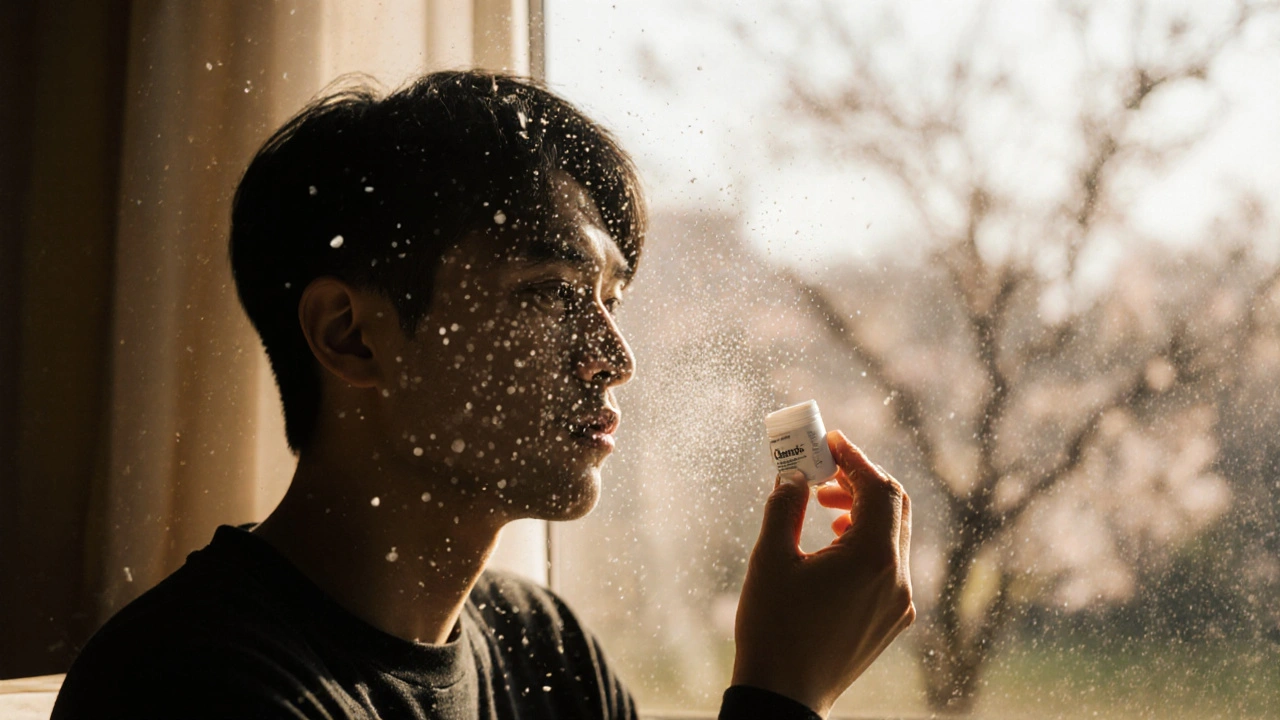Seasonal Allergies: Triggers, Treatments, and What Actually Works
When your nose runs, eyes itch, and you feel like you’re constantly sniffing through a stuffy tunnel—chances are, you’re dealing with seasonal allergies, an immune overreaction to airborne allergens like pollen, mold, or grass that appear at specific times of year. Also known as allergic rhinitis, this isn’t just a nuisance—it can wreck sleep, focus, and daily life. Unlike colds that fade in a week, seasonal allergies stick around as long as the trigger is in the air, sometimes for months. And no, it’s not just about being "allergic to spring." It’s about what’s floating in the air where you live, when, and how your body reacts.
Most people blame pollen, and they’re right—but not all pollen is the same. Tree pollen hits in early spring, grasses take over in late spring and summer, and ragweed rules in the fall. Mold spores can flare up year-round, especially after rain or in damp basements. antihistamines, medications that block the chemical your body releases during an allergic reaction are the go-to for sneezing and runny nose, but they don’t fix congestion. That’s where nasal corticosteroids, prescription or over-the-counter sprays that reduce inflammation in the nasal passages come in—they’re the most effective long-term fix for swelling and blockage, yet many people skip them because they don’t work instantly. And here’s the truth: if you wait until symptoms are bad to start, you’re already behind. Prevention beats reaction every time.
Some folks swear by local honey, saline rinses, or air purifiers. They help—some, for some people. But they’re not magic. Real relief comes from knowing your triggers, timing your meds before exposure, and using the right tools consistently. You don’t need to suffer through every spring or fall. The right approach cuts the sniffles, clears the head, and gets you back to living—not just surviving the season.
Below, you’ll find real, practical guides on what works, what doesn’t, and how to make smart choices without falling for hype or expensive fixes that don’t deliver. Whether you’re tired of drowsy pills, wondering if your nasal spray is doing anything, or just want to know why your allergies got worse this year—there’s something here for you.
Clarinex: What It Is, How It Works, and When to Use It
Clarinex is a non-drowsy antihistamine used to treat seasonal and year-round allergies. Its active ingredient, desloratadine, blocks histamine to reduce sneezing, runny nose, and hives. It works best when taken daily and is safe for long-term use.

